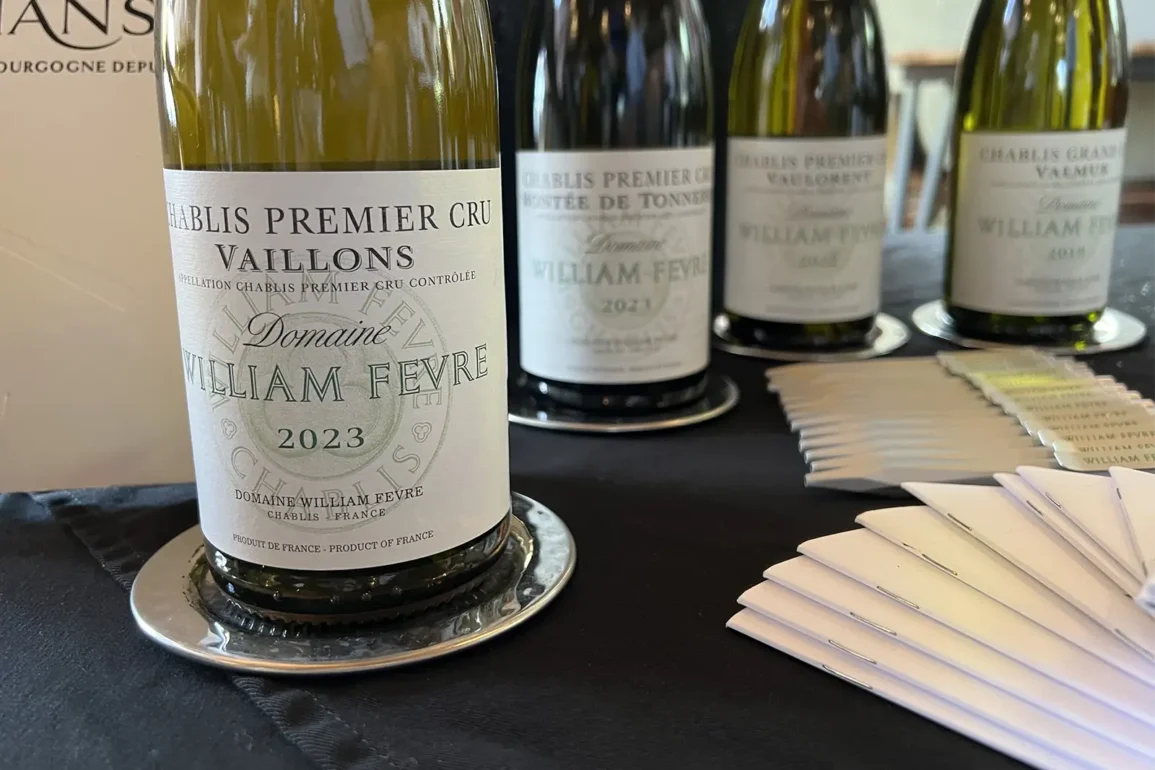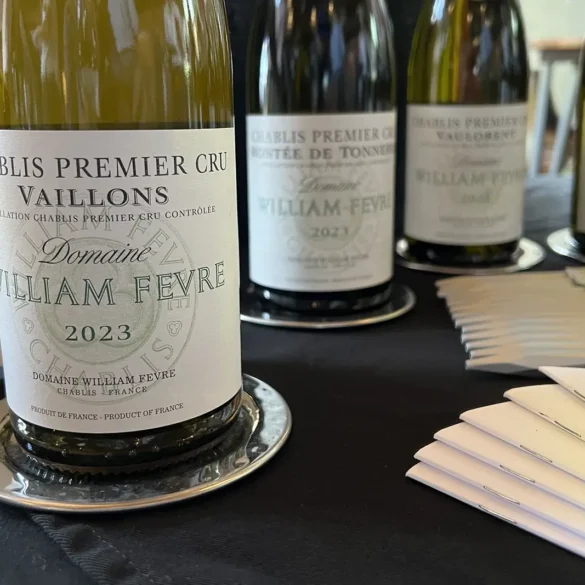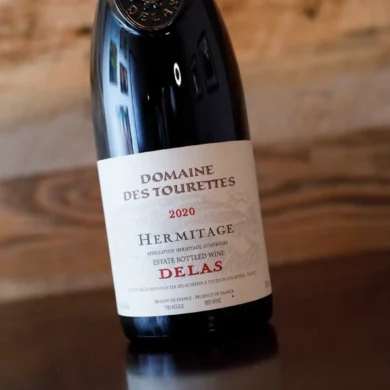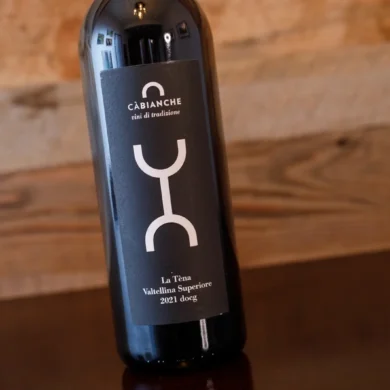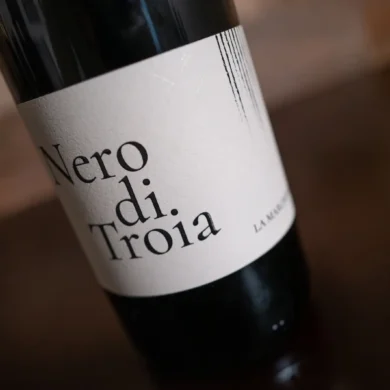When it comes to wine shopping, “the thrill of the chase” is the most fun part for me. Small producers, hard-to-find wines, unique little bottles that make a specific statement all their own … I live for this, and this site’s content often reflects that.
Their adherence to the classics, to the “typicity” of place, makes them as comfortable as a bathrobe on a cool Sunday morning.
But I also recognize that there is something to be said for reliably excellent, larger-scale producers from tried-and-true regions. Their adherence to the classics, to the “typicity” of place, makes them as comfortable as a bathrobe on a cool Sunday morning.
Domaine William Fèvre is one such producer. A stalwart of reliably good to excellent Chablis wines, the domaine was established in 1959 by its eponymous founder. Without interest in generational succession, Fèvre sold the winery to Joseph Henriot in 1998. Today, it is in the midst of another major transition, as it was purchased by Domaines Barons de Rothschild in early 2024. The below wine was the last vintage under its previous owner, Artémis Domaines, but that hardly matters since the winemaker, Didier Seguier, has been at the helm since 1998.
What has also remained a constant is meticulous vineyard care. Domaine William Fèvre has been certified organic for many years — a rather difficult promise to keep in famously cool, mildew-prone Chablis. And with substantial vineyard holdings (70 hectares across Chablis), the availability of their wines is quite good across the States. I’ve ordered William Fèvre by the glass in the mountains of Colorado and at our airport before a long flight, and I bought a bottle of their flagship “Champs Royaux” entry-level Chablis at a big box liquor mart in Delaware last summer during a beach vacation. When in doubt, pick up the Fèvre.
This past week, a quintet of iconic importers banded together to host a Burgundy themed trade tasting for professionals and media in Denver. The “Burgundy Syndicate” as it was called, gave me yet another chance to taste through a flight of Domaine William Fèvre wines with the local rep from Vintus. Each wine was pure Chablis — a balance of crisp, apple-like fruit, tart citrus, and that iconic sapidity that makes you want a second sip. Of the wines, the Premier Cru Vaillons stood out to me the most for its supreme elegance and persistence. And if you ever get a chance to sample the Saint-Bris from Domaine William Fèvre — a Sauvignon Blanc from an adjacent village with the same soil as Chablis — get the wine, no questions asked. It will add a few new shades to your opinion about the often divisive grape.
There were several other Burgundian trends that emerged from this tasting that I’ll get to in my newsletter or in future articles here.
2023 Domaine William Fèvre Chablis Premier Cru Vaillons
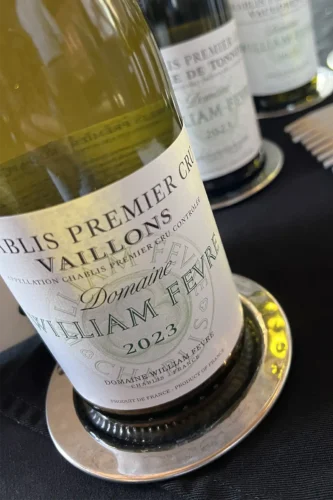 Chablis AOC (Bourgogne )
Chablis AOC (Bourgogne )
Grapes: Chardonnay (100%)
Alcohol: 13%
Opinion: ★★★★★ (out of five)
Food-friendliness: Versatile
Value: Pricey
A beginner might like … stepping up their Chablis game with a taste of an exquisite Premier Cru. When handled well, the Vaillons vineyard always boasts freshness and vitality in the glass, as evident with the 2023 here.
A wine obsessive might like … comparing William Fevre’s Vaillons to other Premier Cru holdings to get a sense for their points of terroir difference. Take your pick from Beauroy, Fourchaume, Les Lys, Mont de Milieu, Montée de Tonnerre, Montmains or Vaulorent.

